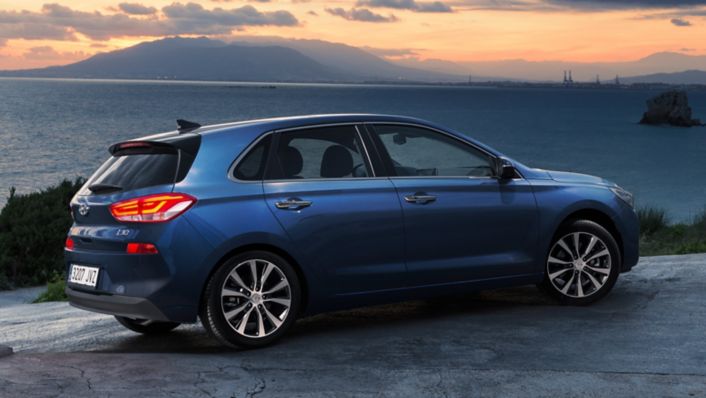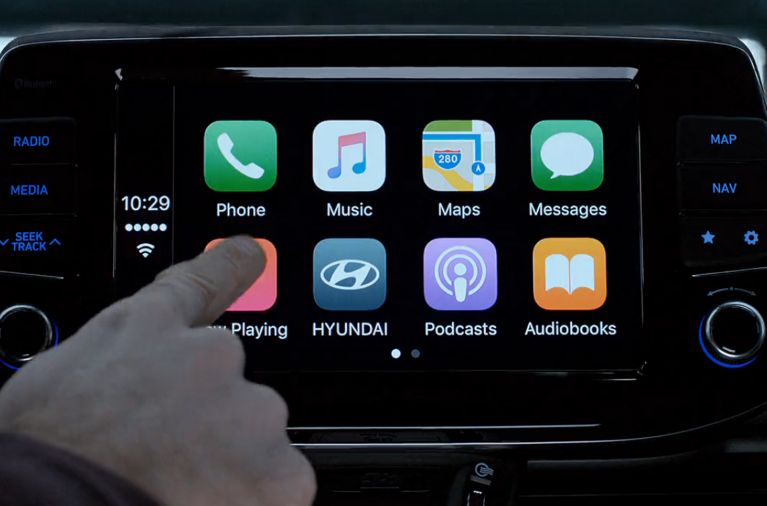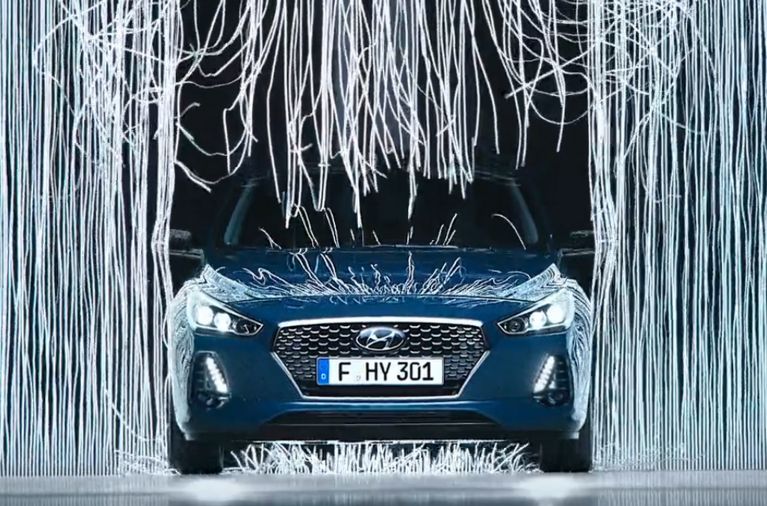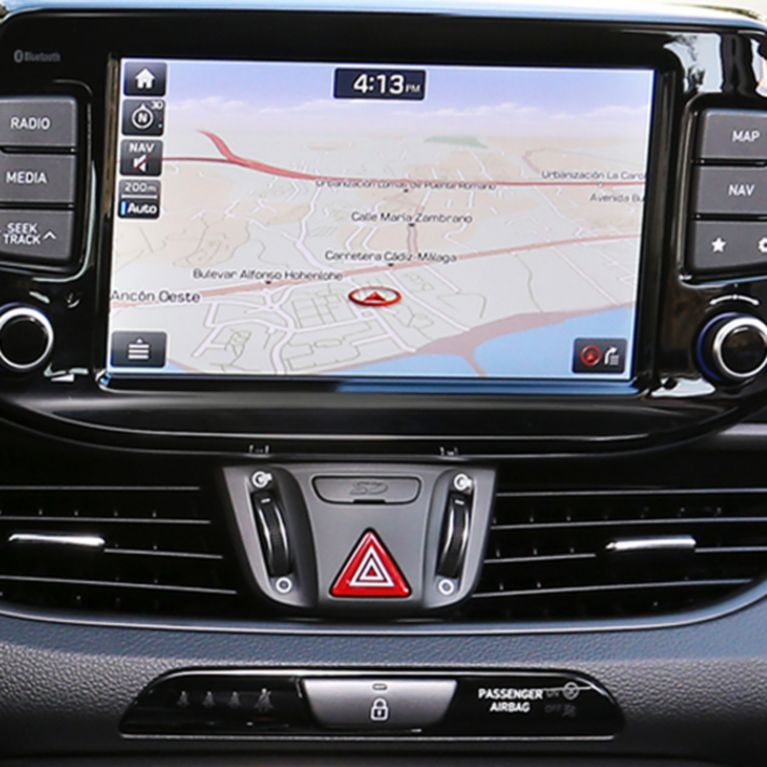Streaming music, accessing messages, connecting to apps, or getting the latest travel information. Check out these videos to see how the New Generation Hyundai i30 keeps the driver plugged in.
It’s got a European look for European drivers. Whether you want a wagon or a high-performance vehicle, the Hyundai i30 range is a family of cars designed for everyone. And the modern European driver wants to stay connected to the digital world even while behind the wheel.

The second member of the Hyundai i30 range, the Wagon had its world premiere at the Geneva International Motor Show. Meanwhile Hyundai’s first high-performance model, the i30 N, is currently at the development stage and has undergone winter testing in Sweden with Hyundai Motorsport’s WRC driver Thierry Neuville putting the car through its paces.
Built at Hyundai Motor's state-of-the-art European manufacturing facility in Nošovice, Czech Republic, the i30 has the latest in smartphone and navigation connectivity.
Built at Hyundai Motor's state-of-the-art European manufacturing facility in Nošovice, Czech Republic, the i30 has the latest in smartphone and navigation connectivity.

Sync your mobile with your car
The New Generation i30 includes both Apple CarPlay and Android Auto to allow drivers to connect their smartphones to the eight-inch navigation system. You can access entertainment features like apps and music, and safely check your messages hands-free.
Real-time traffic and travel info sent to your car
The i30’s navigation system comes with a seven-year free subscription to LIVE services giving real-time information on weather, traffic, speed cameras and online searches for points of interest.

Wirelessly charge your phone
No need for a cable to power your smart device. The New Generation i30 offers a wireless inductive charging pad (Qi standard) for mobile phones and also a handy USB port located in the centre console.
The Hyundai i30 also offers different audio options, including a system with a five-inch LCD touch screen with integrated rear-view camera, Bluetooth connectivity for hands free phone use, and My Music functionality to access your own playlist through the car’s audio controls.
Consumption Data*
Gasoline Engines
1.4 MPI (100 PS): Fuel consumption combined: 5.6 - 5.4 l/100 km; urban: 6.8 - 6.6 l/100 km;
extra-urban: 4.9 - 4.8 l/100 km; CO2 emissions combined: 130 - 126 g/km
1.0 T-GDi (120 PS): Fuel consumption combined: 5.0 - 4.5 l/100 km; urban: 5.8 - 5.4 l/100 km;
extra-urban: 4.6 - 4.0 l/100 km; CO2 emissions combined: 115 - 103 g/km
1.4 T-GDi (140 PS): Fuel consumption combined: 5.5 - 4.8 l/100 km; urban: 6.6 - 5.9 l/100 km;
extra-urban: 5.0 - 4.1 l/100 km; CO2 emissions combined: 148 - 143 g/km
Diesel Engines
1.6 CRDi (95 PS): Fuel consumption combined: 3.8 - 3.6 l/100 km; urban: 4.1 – 4.0 l/100 km;
extra-urban: 3.6 - 3.5 l/100 km; CO2 emissions combined: 98 - 95 g/km
1.6 CRDi (110 PS): Fuel consumption combined: 4.1 - 3.4 l/100 km; urban: 4.4 – 3.8 l/100 km;
extra-urban: 3.9 - 3.2 l/100 km; CO2 emissions combined: 109 - 89 g/km
1.6 CRDi (136 PS): Fuel consumption combined: 4.1 - 3.8 l/100 km; urban: 4.4 - 4.2 l/100 km;
extra-urban: 3.9 - 3.6 l/100 km; CO2 emissions combined: 109 - 99 g/km
*Depending on trim and tire specifications.










